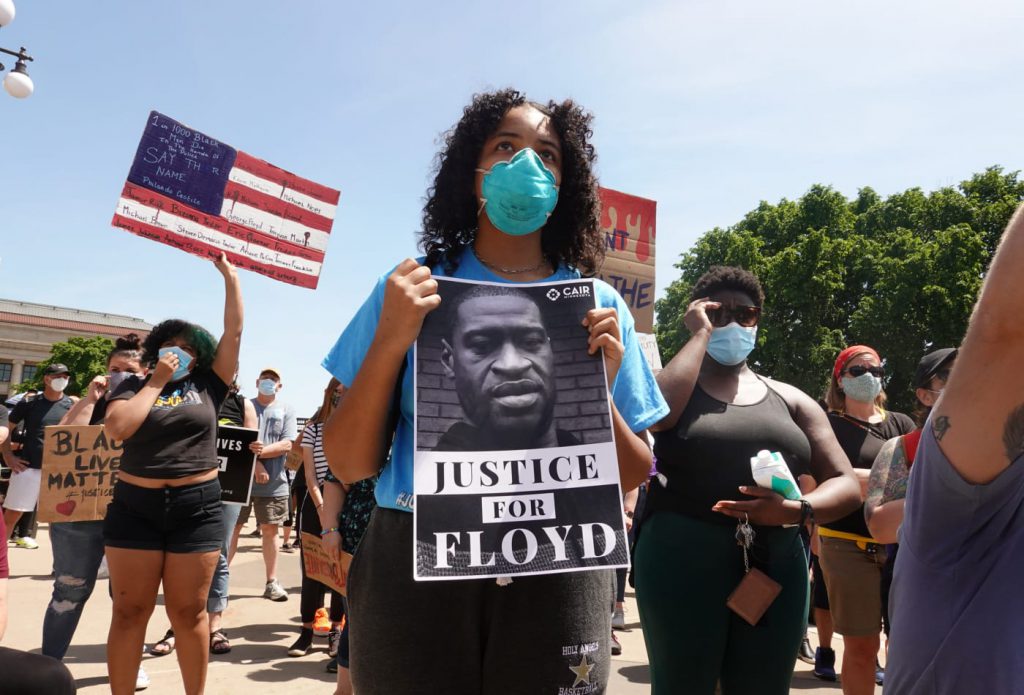Alicia Adamczyk @ALICIAADAMCZYK

In just a few days, bail funds across the country have received tens of millions of dollars in donations after the killing of George Floyd, a black man, while in police custody in Minneapolis.
The influx of donations is so large in such a short period of time that some funds, including the Minnesota Freedom Fund and the Brooklyn Bail Fund, are asking people to donate to other organizations and causes that need the money more. The Minneapolis Freedom Fund received $20 million in donations between Wednesday, May 27, and Monday, June 1, the New York Times reported.
The swell in donations comes in large part from people publicizing their donations on platforms like Twitter and Instagram and encouraging their followers to match their donations, Octavia Smith, emeritus board president of the Minnesota Freedom Fund, told the New York Times. Celebrities, including Chrissy Teigen, comedian John Mulaney and actress Stephanie Beatriz, who plays a police officer on “Brooklyn Nine-Nine,” have also publicized the funds and encouraged their millions of followers to donate.
Bail funds are charitable organizations that collect money to pay for the release of people who have been arrested as they await trial. Around 450,000 people who have not been convicted of a crime remain in jail each day in the U.S. because they cannot afford to pay bail, according to the ACLU.
Activists, too, are harnessing the outpouring of donations to support other causes, includingmutual aid groups, such as NYC United Against Coronavirus and NYC Mutual Aid Network. These volunteer groups provide resources and financial assistance to those in need in their communities. Donations to mutual aid groups can be used to pay for medical bills, rent and other necessities.
After hearing from a friend at a bail fund that the organization had received more donations than it could use “for the foreseeable future,” Lydia Mason, 21, started encouraging people on Twitter to donate to mutual aid groups nationwide.
“You almost forget that we’re in the middle of Covid-19 and there are so many people who need help,” Mason tells CNBC Make It. “It’s not just about combating police brutality, but making sure the communities we’re fighting for are supported beyond the next few weeks.”
Mason, who has been organizing with the Black Lives Matter movement since she was 15, has attended a protest for George Floyd. But she lives with people who are immunocompromised and has decided it is too risky to keep going out. Raising money for bail funds and other organizations on social media is her way of continuing to support the movement.
“I was feeling kind of frustrated with myself that I wasn’t able to make as much of an impact,” she says. “It’s so important to me, so I decided to pivot to helping people learn how to donate money effectively.”
On Twitter and Instagram, Mason has witnessed fellow Gen Zers post screenshots of their donations and ask followers to match; others, who don’t have as much money, have offered services or artwork to followers who can donate in their stead. The creativity people are showing is “amazing,” she says.
“It’s really refreshing to see a new generation of people being so motivated to ignite change,” she says. “There are a lot of ways to make our country better.”
